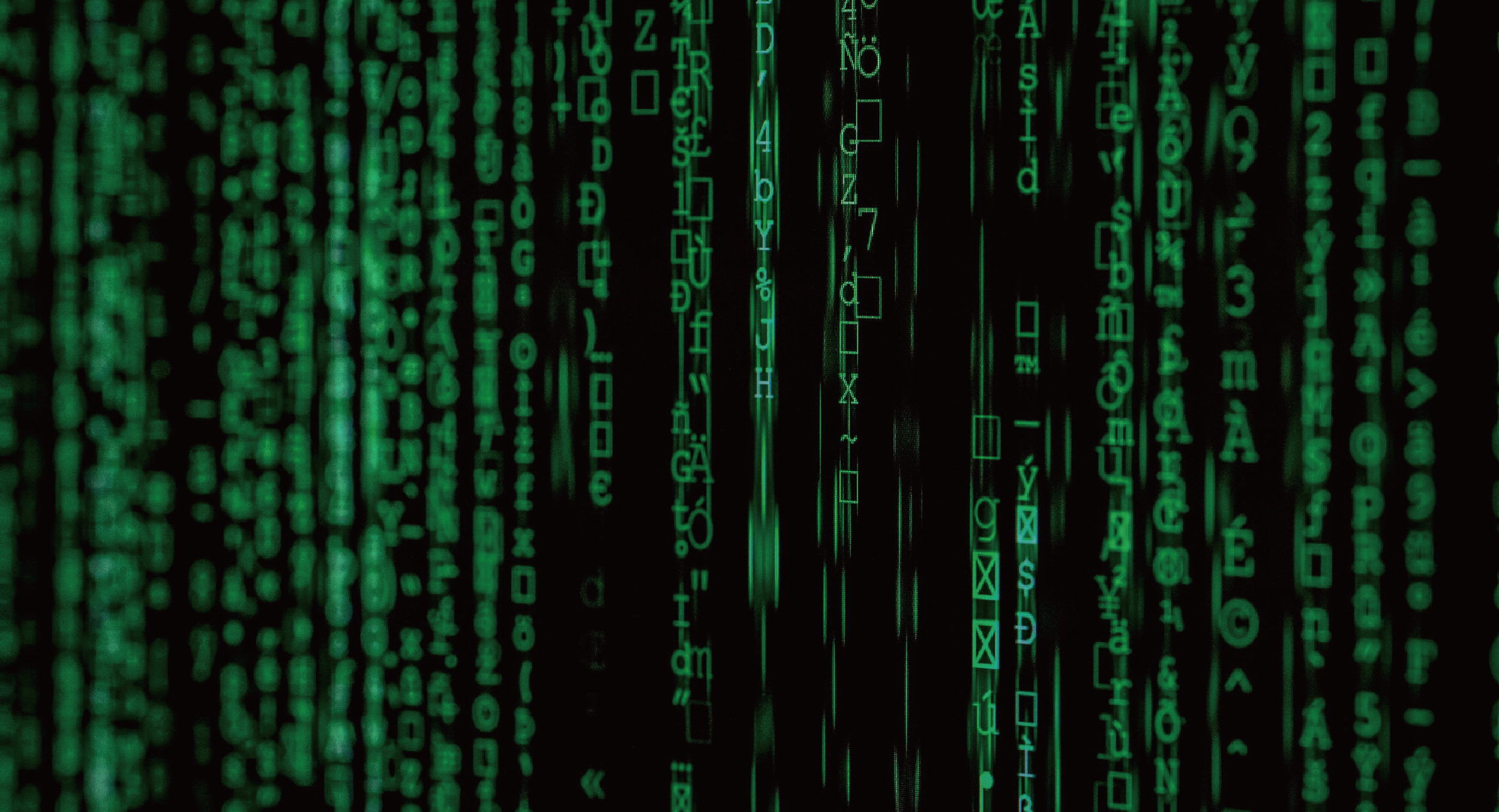The ever-increasing growth in data traffic requires more powerful transmission networks. The conventional optical communication is based on total internal reflection, creating a high-refractive-index channel, for the light wave to propagate. Bound states in the continuum (BICs) refer to a type of wave that can coexist with continuous waves without any radiation loss. Applying BICs in photonic integrated circuits enables low-loss light guidance in low-refractive-index channels on high-refractive-index substrates, lowering the cost and the complexity of processing.
This research revealed a way to use light to convey large rates of data in advanced optical chips. We applied the aforesaid concepts on an etchless lithium niobate integrated photonic platform and has successfully confined light without adopting the high-refractive-index channel. The BIC concept makes it unnecessary to invent new high-refractive-index polymers to form waveguide channels on the high-refractive-index substrate or etch the substrate in order to guide light in channels in the substrate. To further increase the data transmission capacity, optical multiplexing technologies are used to transmit multiple channels of data in parallel. By making use of carefully engineered high-order BICs on a planar lithium niobate substrate, we demonstrated the viability of the BIC concept for use in high-capacity optical communication links by using different spatial modes for mode-division multiplexing. With this new technology, we can obtain an aggregate data rate of 160 Gb/s per wavelength light carrier on the lithium niobate platform.

